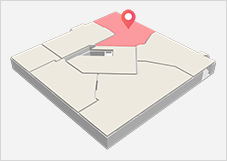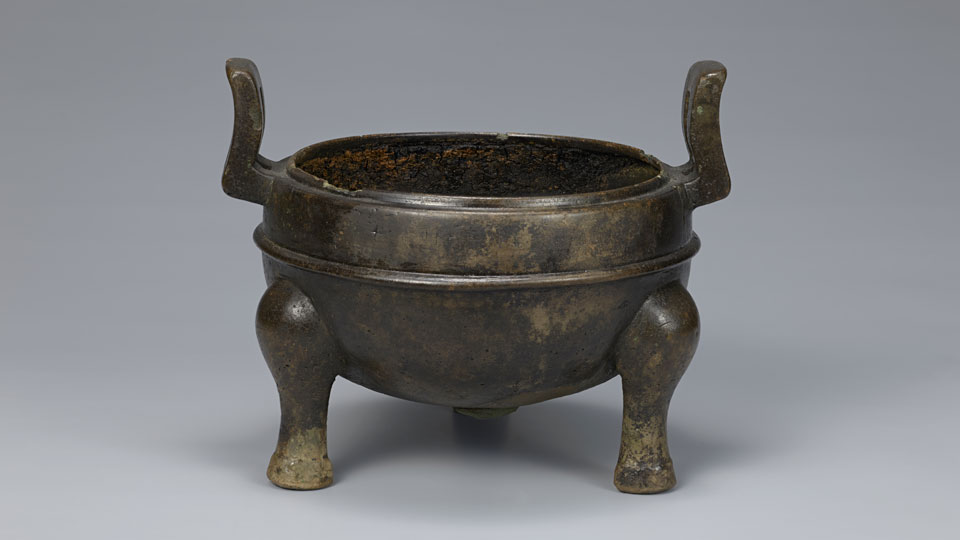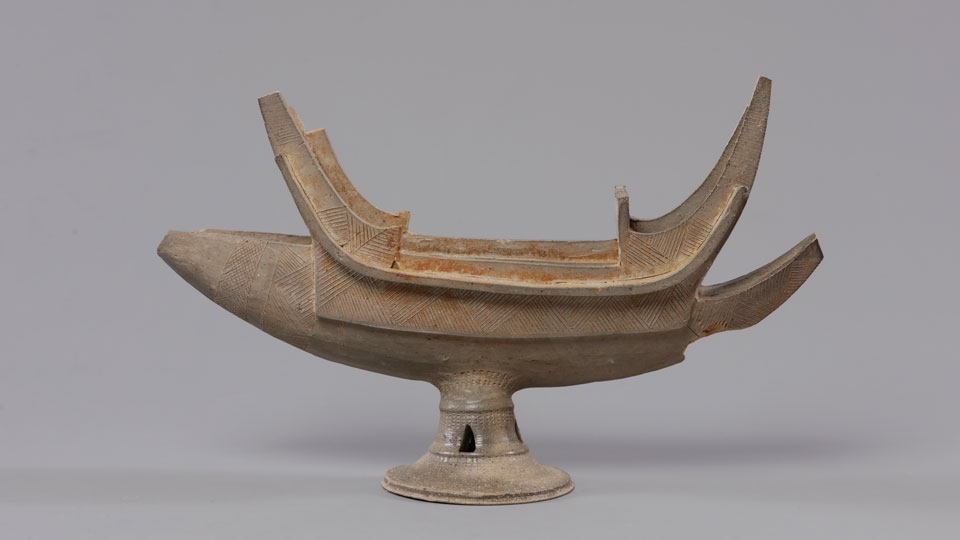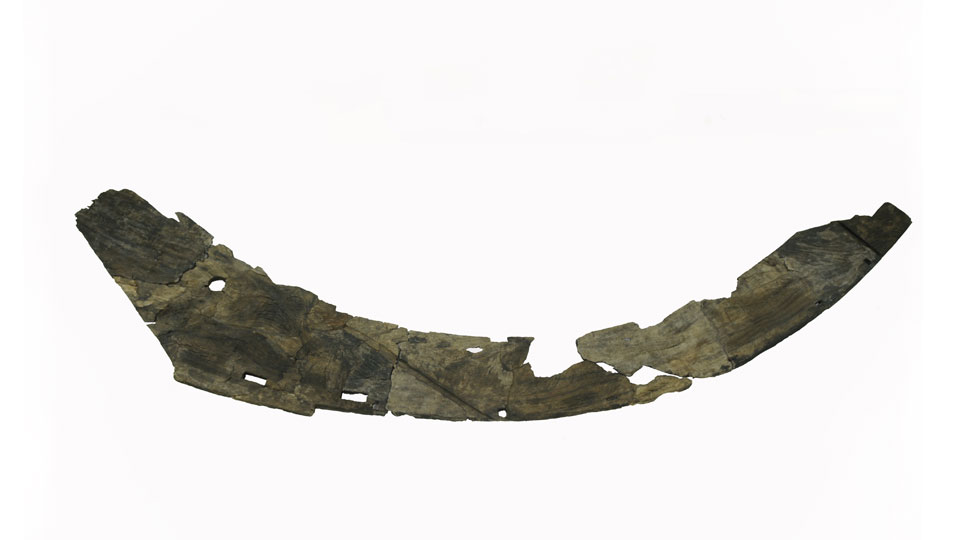Gaya, a Maritime Kingdom
Gaya used iron to maintain trade relations with Nangnang (Lelang), mainland China, the Japanese Archipelago and many regions of the Korean Peninsula. A wide range of sea routes were developed and maritime trade was extremely active. The maritime trade route with Wa (Japan) passed through Tsushima Island, Kyushu, and the Kinki region. Trade routes to Nangnang, Daebang (Daifang), and Mahan or Baekje developed along the South Sea and West Sea. Trade routes to Silla and Dongye developed along the East Sea.
The shape and size of the Gaya ships that used these maritime routes can be gleaned from the ship-shaped ceramic figures, which are diverse in form, that have been discovered up to date. A wooden fragment discovered at the site of Bonghwang-dong (Gimhae), which was identified as having come from a Gaya ship that traveled along the seas, has been the subject of much interest. This wooden fragment indicates that the site of Bonghwang-dong, which currently sits in the middle the Gimhae Plains, was once located along a waterway that flowed into the sea.
Gaya tombs have been found to contain artifacts that prove the existence of trade relations that had been maintained with the Chinese mainland, the nomads of the northern steppes, Wa (Japan), Silla, Baekje, and Goguryeo. The objects of Chinese and Japanese origin found in the tombs of Daeseong-dong and Yangdong-ri in Gimhae, and examples of Roman glass, illustrate the highly international nature of Geumgwan Gaya. In the 5th century, Japanese metal products, such as the helmet with a visor, and a ladle made of a luminous shell from Okinawa, found their way to Jisan-dong, Goryeong, in the region of Dae Gaya.
In Japan, artifacts from Gaya, such as pottery and iron ingots, have been found. In addition, sueki ware, which came to be produced as a result of Gaya influence, became popularly used, alongside a wide range of iron objects that had previously been unseen. Dae Gaya style gilt-bronze crowns, gold earrings, and matching gold and silver horses gear have been found at sites in Kyushu and the Kinki region (in Japan) dating from the 5th century. This shows that the different polities of Gaya independently established diplomatic relations with their neighboring countries according to their own needs.
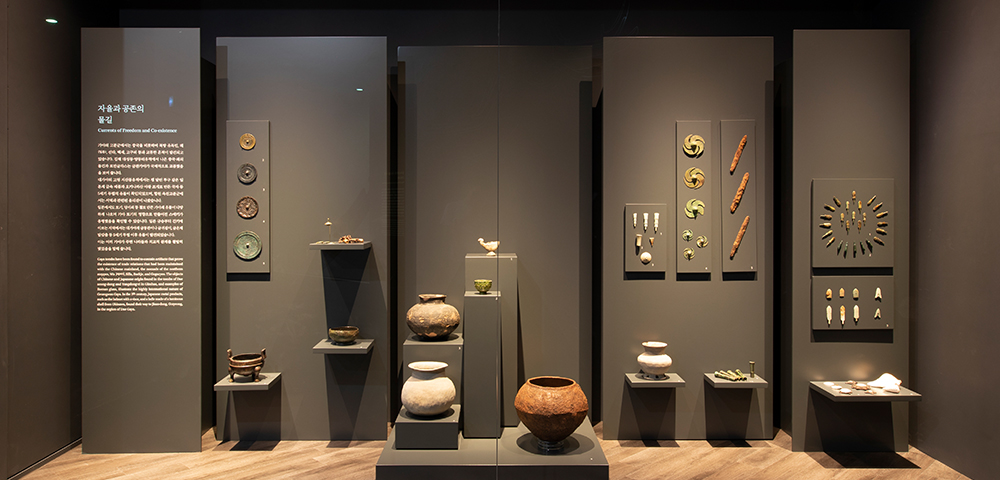
-
Bronze Tripod Cauldron Yangdong-ri, Gimhae,
Height: 16.0cm -
Bronze Shield Ornaments Daeseong-dong, Gimhae,
Diameter: 12.0cm -
Shell Harness Fittings Gyo-dong, Changnyeong,
Diameter: 6.2cm
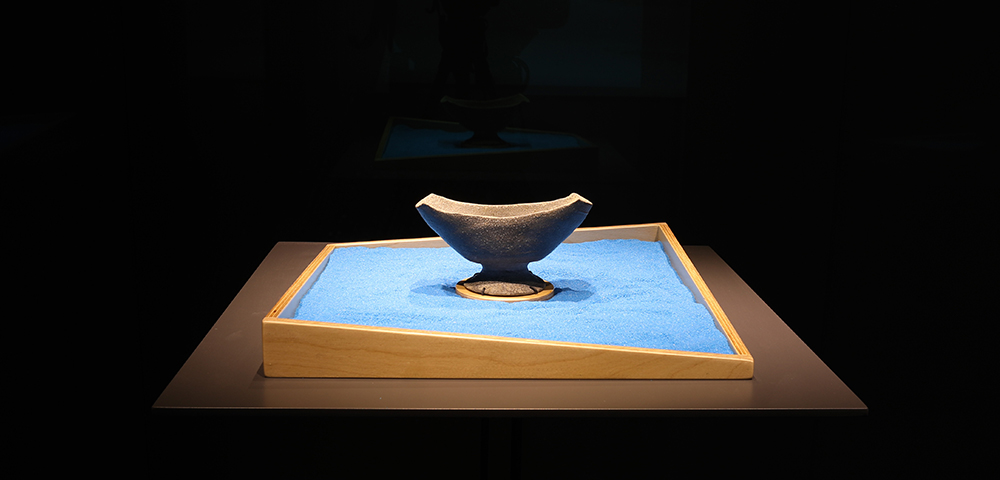
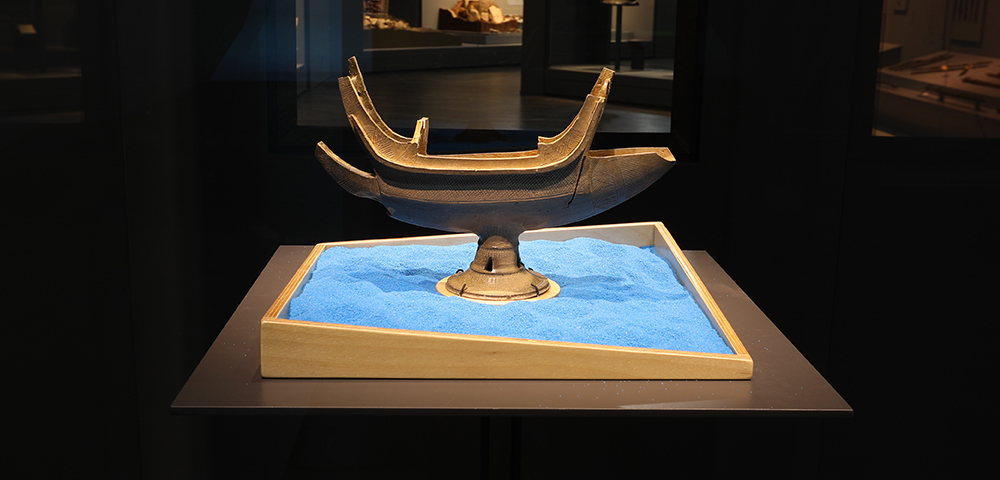
-
Boat-shaped Pottery Hyeondong, Changwon,
Length: 14.6cm -
Boat-shaped Pottery Yeorae-ri, Gimhae,
Length: 22.7cm
The remains of a wooden ship and oar were recovered from the site of Bonghwang-dong 119-9 beonji, in Gimhae. This is the first actual confirmation of a Gaya ship, which was the key means of transportation that facilitated Geumgwan Gaya’s active maritime exchange relations. The wooden remains, along with Gaya’s ship-shaped ceramic figures, provide important information for reconstructing and the structure and construction technology of Gaya ships. The length of the ship fragment is about 390 cm, and it is thought to have come from the upper part of the bow’s side section or the tip of the ship, judging from the nature of the curves, straight patterns, and wedges, etc. The overall length of the ship is estimated to have been at least 8-15 m. Following around 18 months of conservation, it was revealed that the boat had been made of camphor wood, the wedges of cedar, and the oar of oak.
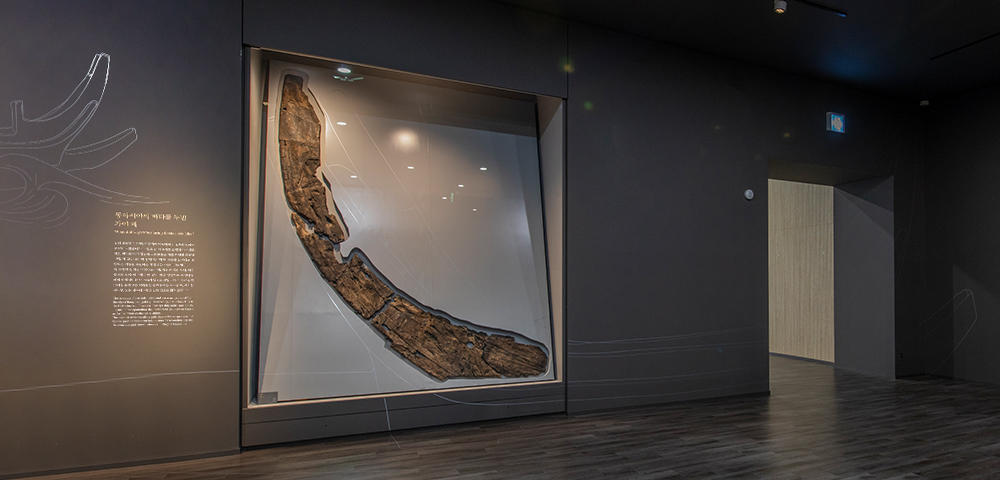
-
Boat Bonghwang-dong, Gimhae,
Length: 390.0cm

